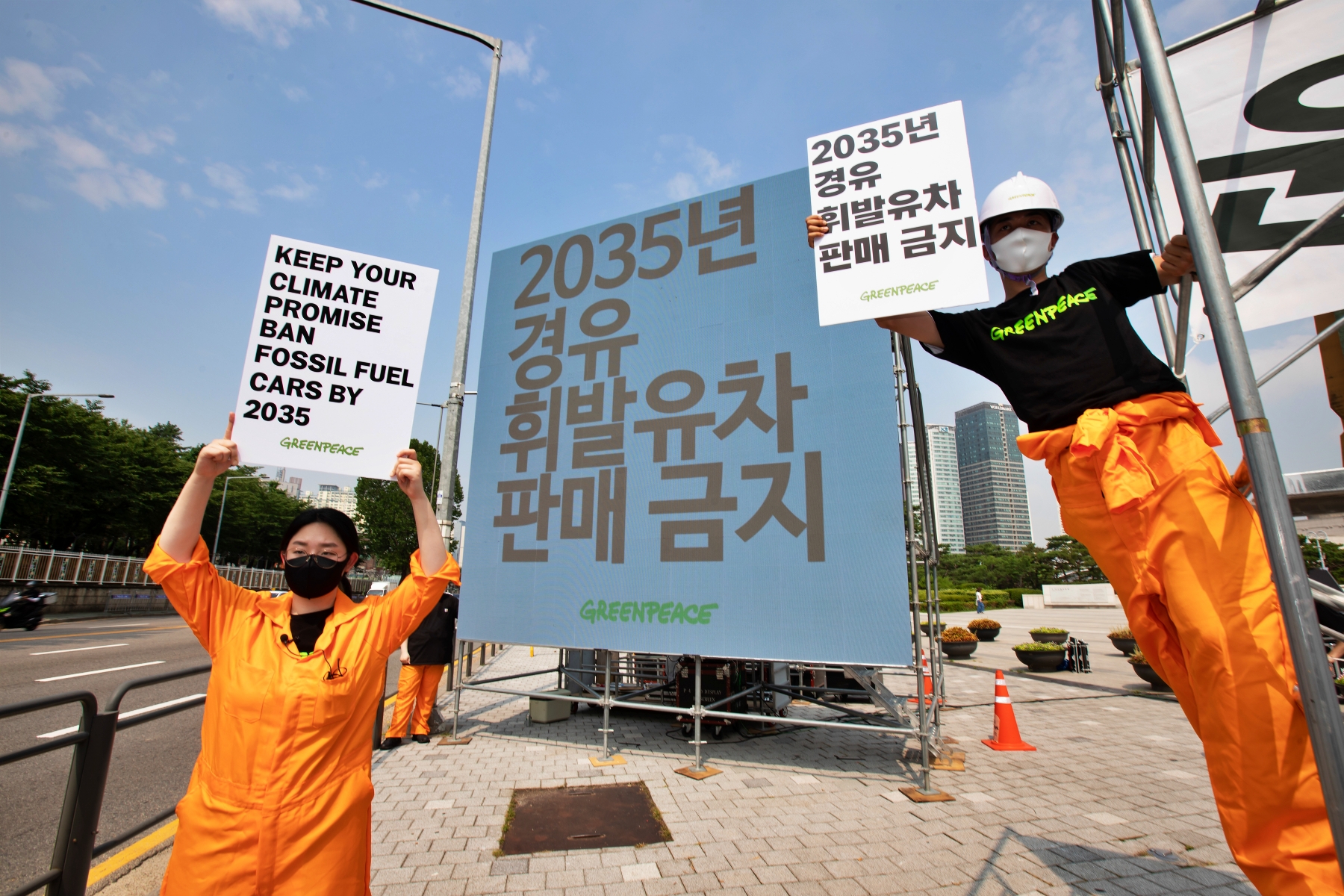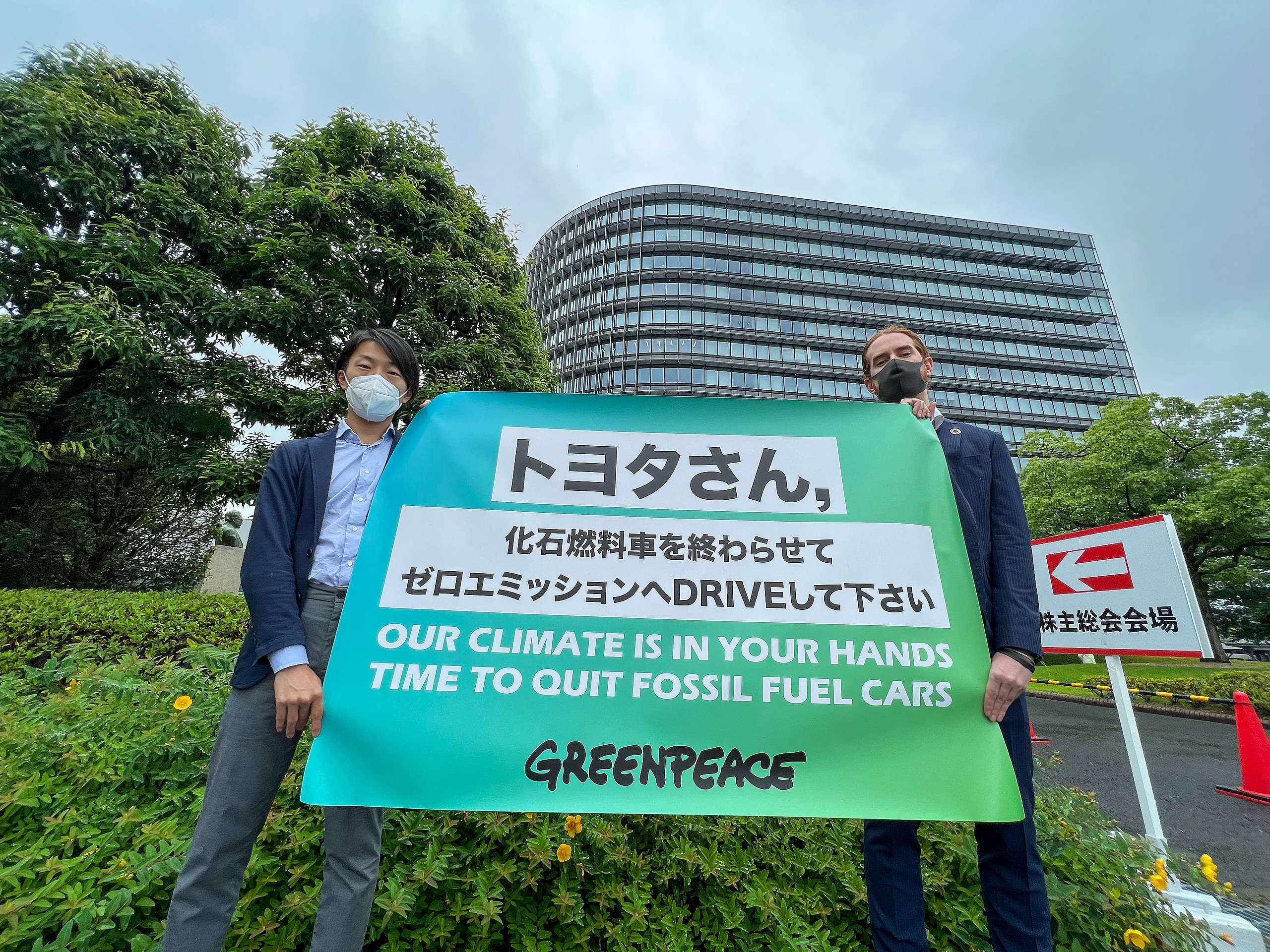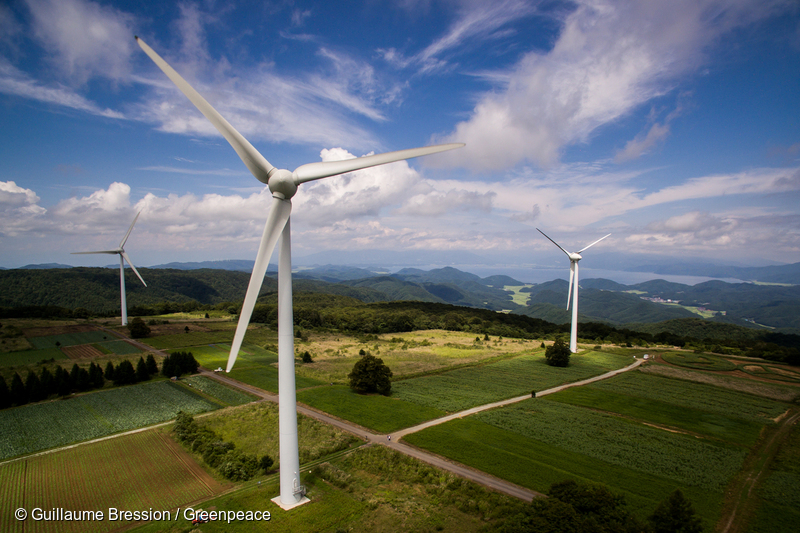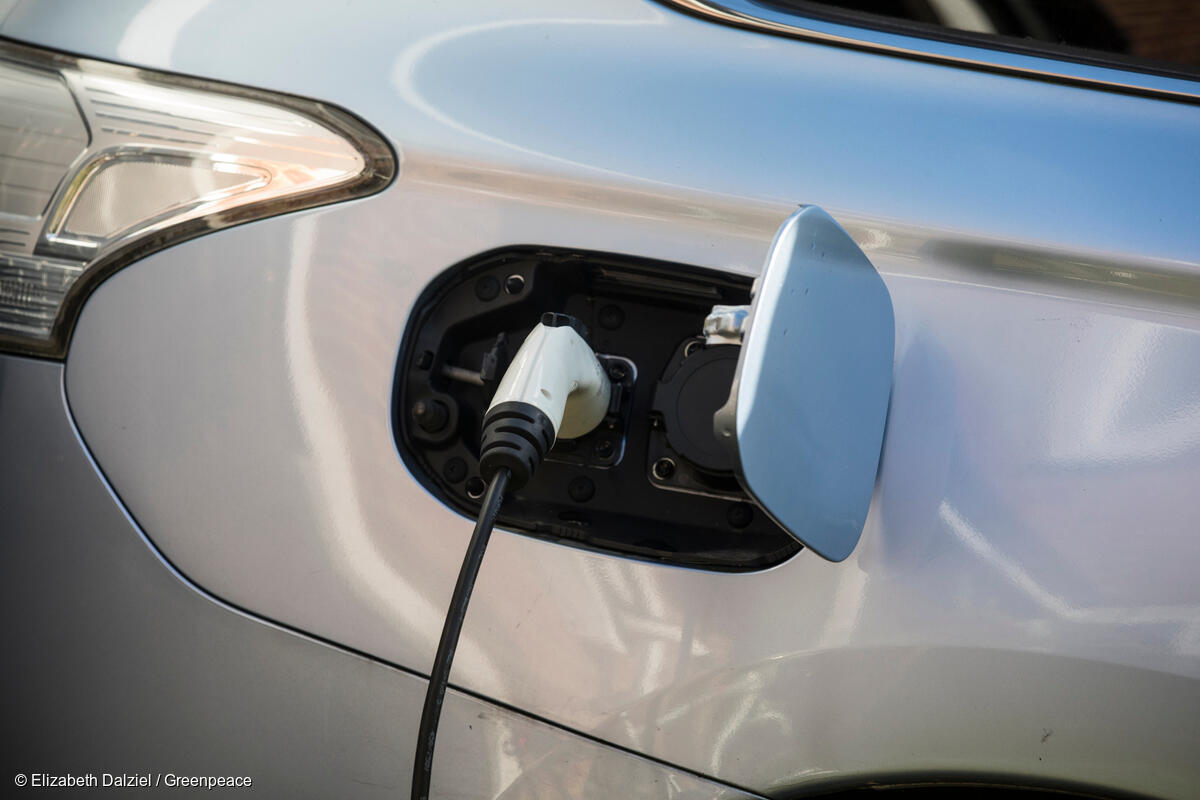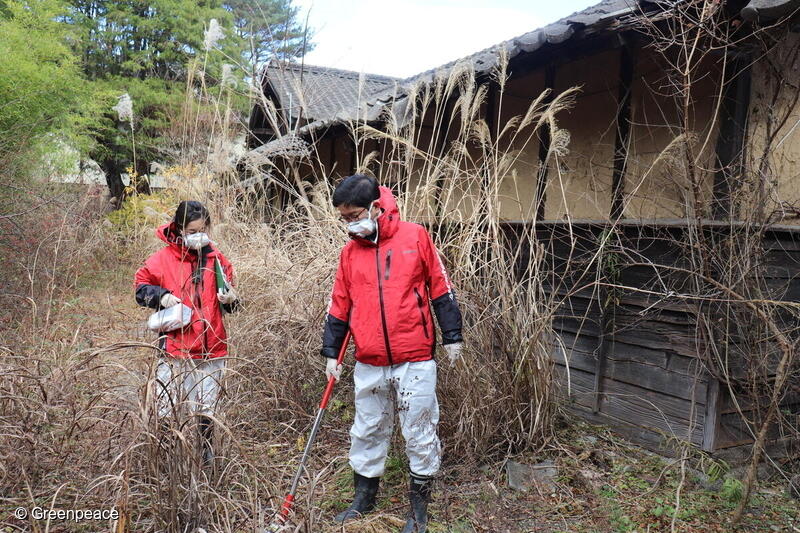All articles
-
Greenpeace billboard calls on President Yoon to ban gas, diesel vehicles as promised
This morning activists from Greenpeace’s Seoul office installed a 4.5 x 4.5 meter LED billboard in front of the Presidential Office in Yongsan, Seoul, , which calls on President Yoon Suk-Yeol to ban the sale of new gas and diesel vehicles by 2035, as he pledged during his campaign for office.
-
Japan pushes for removal of zero-emissions vehicle target from G7 statement: Greenpeace response
June 28 – Japan has advocated for the removal of a zero-emissions vehicle target from a G7 statement, according to a Reuters article published yesterday.
-
Greenpeace activists demand faster EV transition at Toyota AGM
Greenpeace Japan activists displayed a banner in front of Toyota Motor Corporation’s Annual General Meeting that called on the company to stop producing fossil fuel cars and protect the climate.
-
Sony updates carbon neutrality target: Greenpeace response
Today Sony Group Corporation (Sony) announced that it would accelerate its deadline to achieve carbon neutrality by 10 years.
-
BYD announces halt to fossil fuel vehicle production: Greenpeace response
Earlier this month Chinese carmaker BYD announced it had stopped manufacturing full combustion engine vehicles and that the company would focus exclusively on electric vehicles and plug-in hybrids going forward.
-
82% of Korean auto workers favor ban on new ICE vehicles by 2035: Greenpeace and KMWU survey
More than 80% of Korean auto industry workers favor a ban on the manufacture of new internal combustion engine (ICE) vehicles by 2035, according to a survey published by Greenpeace East Asia (GPEA) Seoul office in cooperation with the Korean Metal Workers’ Union (KMWU).
-
Fukushima continued: Nuclear power is not a climate crisis solution
Tokyo, Japan – Greenpeace Japan released the following statement on the 11th anniversary of the Great East Japan Earthquake and the Fukushima Daiichi Nuclear Power Station accident.Sam Annesley, Executive Director…
-
China’s car industry set to overshoot Net-Zero emissions pathway: Greenpeace
New research from Greenpeace East Asia calculated emissions pathways for China’s car industry, which is on track to peak carbon emissions in 2027 but plateau…
-
Beijing Olympic Committee releases sustainability report
13 January, 2022, BEIJING – The Beijing Winter Olympics Committee released a “Beijing Winter Olympics Sustainability Development Report (pre-game report),” presenting the current state of sustainable development work surrounding the…
-
JD.com falls behind Alibaba in Greenpeace’s China e-commerce ranking, while Pinduoduo sits in last place
BEIJING, 6 January, 2021 – Analyzing climate change-related policies and actions from Alibaba, JD.com, Pinduoduo, Vipshop, Suning.com, NetEase, and Xiaomi, Greenpeace East Asia’s latest ranking of China’s e-commerce companies showed…

